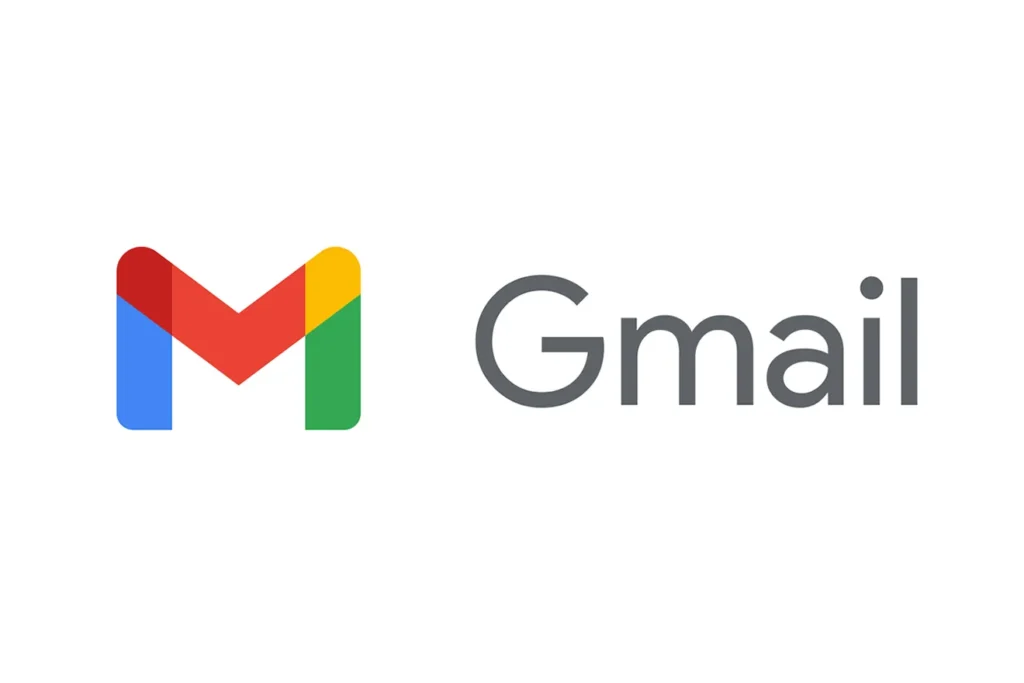A new and deeply concerning phishing campaign is making waves in the cybersecurity world. This time targeting Gmail users by exploiting artificial intelligence itself. The attack uses a technique called AI prompt injection, and it’s redefining how phishing works in the age of smart email features.
What Is AI Prompt Injection?
AI Prompt injection is a method where attackers embed hidden instructions into an AI prompt to cause the AI model to perform something unexpected or malicious. In this case, the instructions are placed inside an email. They often use invisible text, zero-width characters, or concealed HTML tags. These instructions are designed to be interpreted by AI systems like Google Gemini, which powers Gmail’s “Summarize this email” feature.
When a user clicks “summarize,” the AI may unknowingly follow these hidden prompts, generating summaries that:
- Mimic legitimate Google security alerts.
- Urge users to take unsafe actions, such as clicking phishing links or calling fake support numbers.
This manipulation turns a helpful feature into a dangerous vector for deception.
Anatomy of the Attack
The phishing campaign unfolds in several sophisticated steps:
- Email Delivery: Attackers use SendGrid to send emails that pass SPF and DKIM checks but fail DMARC. This is still enough to land in inboxes.
- Hidden Prompts: Malicious instructions are embedded invisibly within the email content.
- AI Manipulation: Google Gemini interprets these prompts and may generate misleading summaries that falsely claim account compromise or urge password resets.
- Redirect Chain:
- The email includes a link that first redirects through a Microsoft Dynamics URL (which appears trustworthy).
- It then leads to a CAPTCHA-protected phishing site.
- The final page mimics Gmail’s login screen and uses obfuscated JavaScript to steal credentials.
Google’s Response
Google has acknowledged the threat and is actively working on mitigation strategies. Key recommendations include:
- Ignore security alerts in AI-generated summaries. Google does not issue warnings this way.
- Flag emails with hidden HTML elements, such as <span> or <div> tags styled to be invisible.
- Scan summaries for urgent language, URLs, or phone numbers, which may indicate manipulation.
Security researchers are also urging organizations to review how AI-generated content is used in workflows and to educate users on its limitations.
Why This Attack Is Different
This isn’t just another phishing email, this is a paradigm shift. Traditional phishing relies on tricking humans. This attack targets the AI systems we trust to help us stay safe and productive.
- It exploits trust in AI-generated content.
- It bypasses traditional filters by avoiding attachments or visible links.
- It demonstrates how attackers are adapting to the rise of AI in everyday tools.
Final Thoughts
As AI becomes more embedded in our digital lives, attackers are finding new ways to exploit it. This Gmail phishing campaign is a wake-up call for users, developers, and security teams alike. The solution isn’t just better filters, but it’s smarter AI design, stronger context isolation, and ongoing user education.

